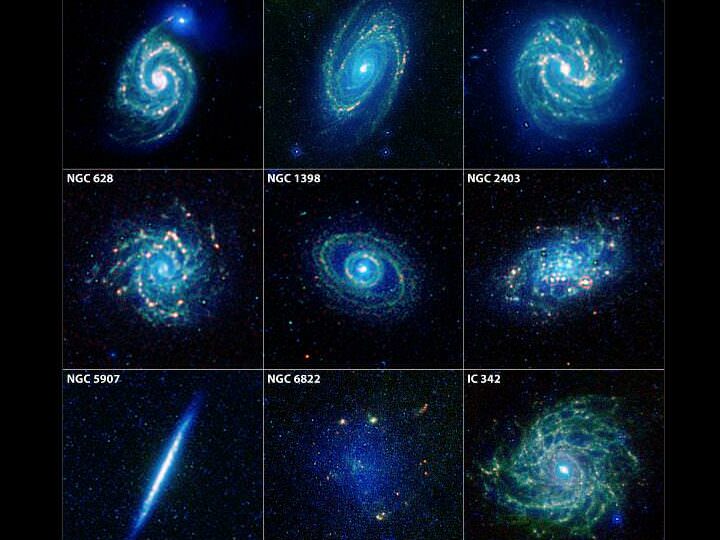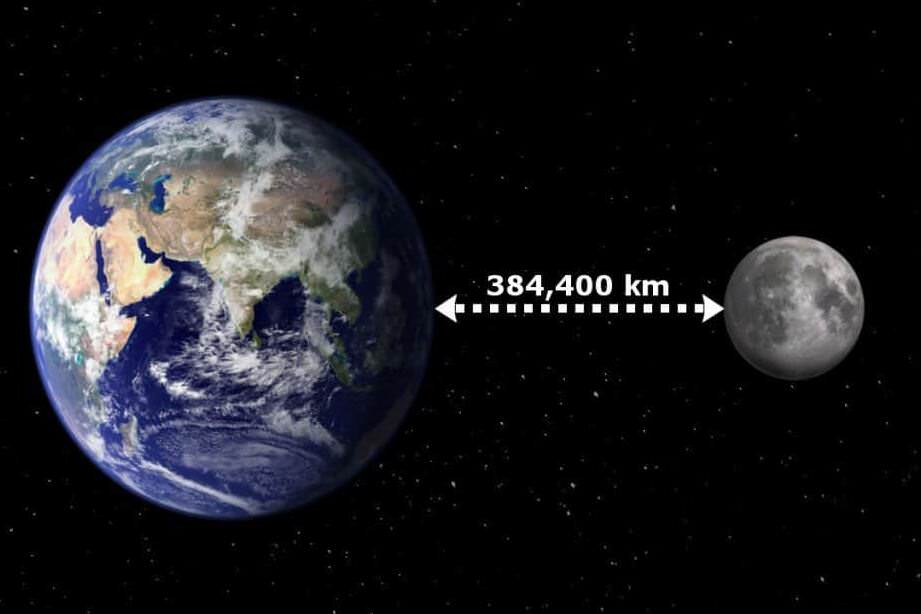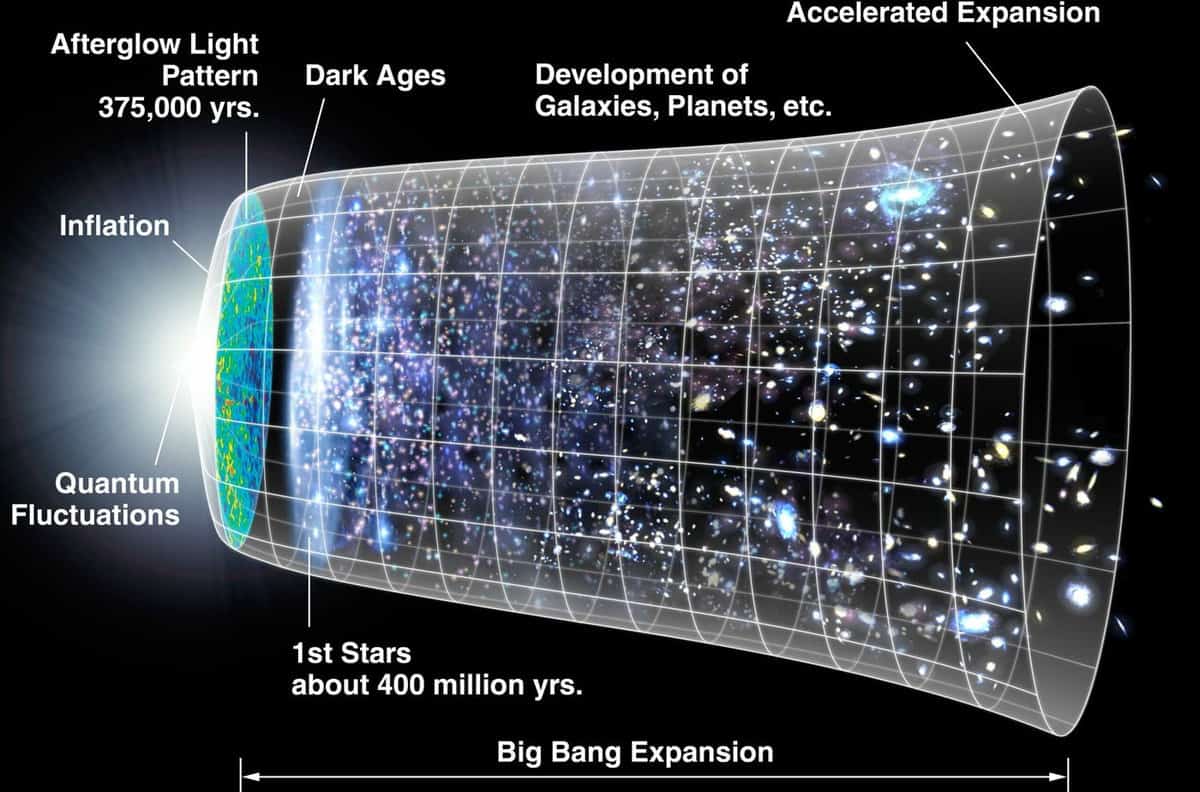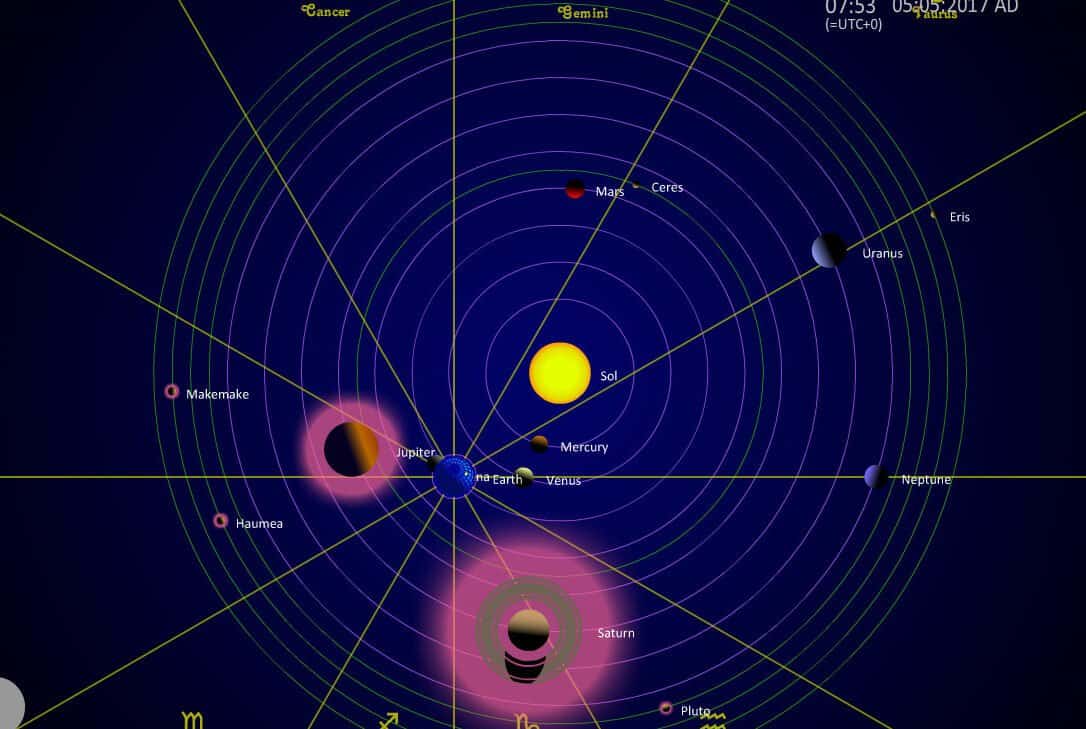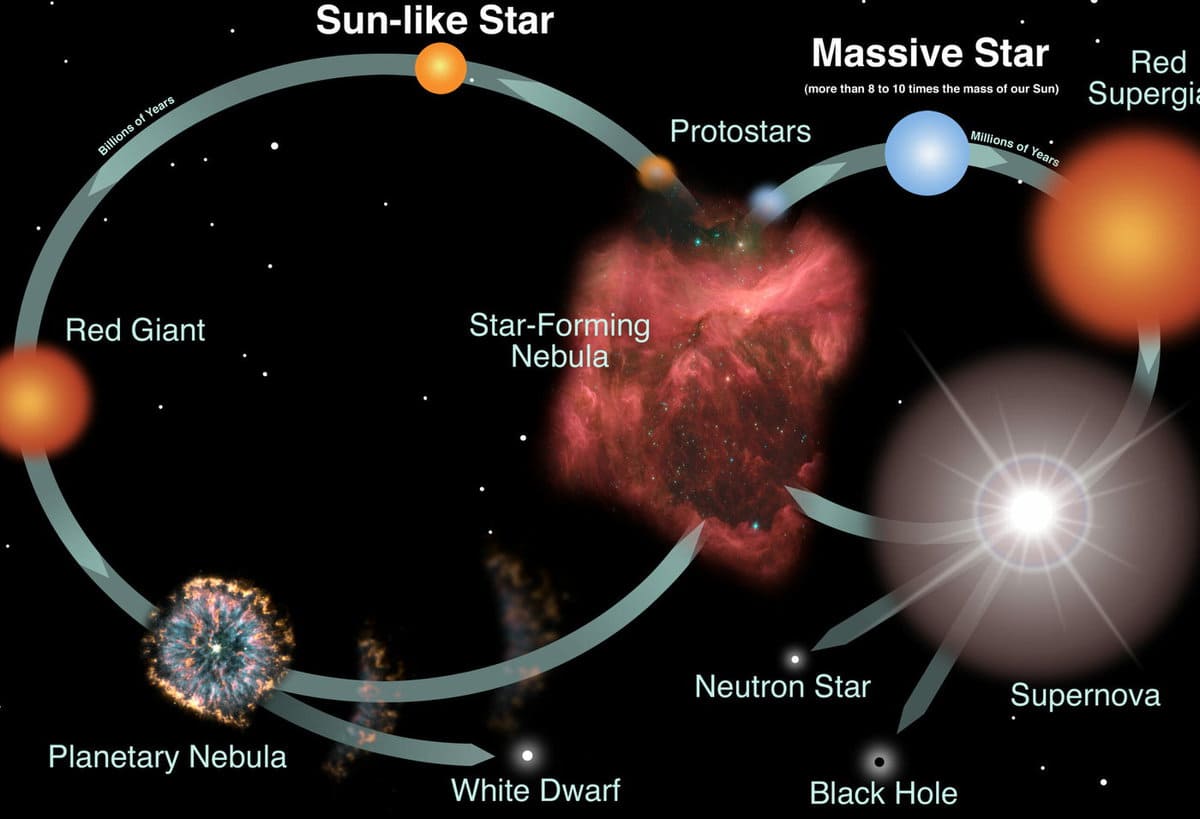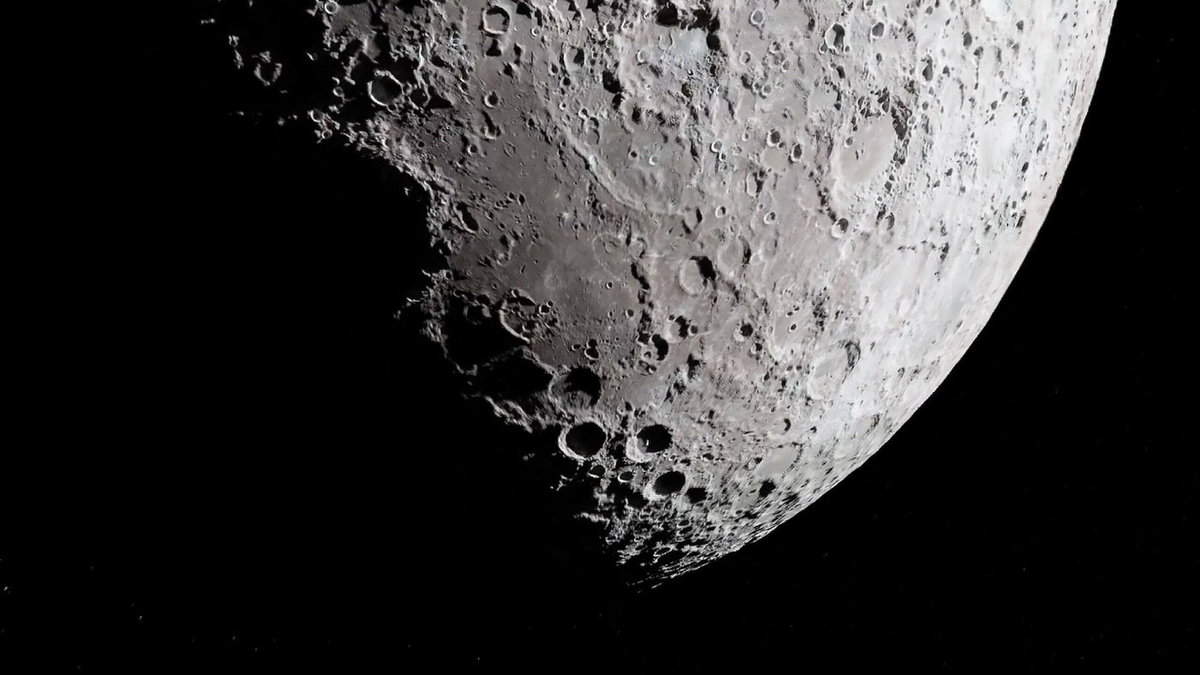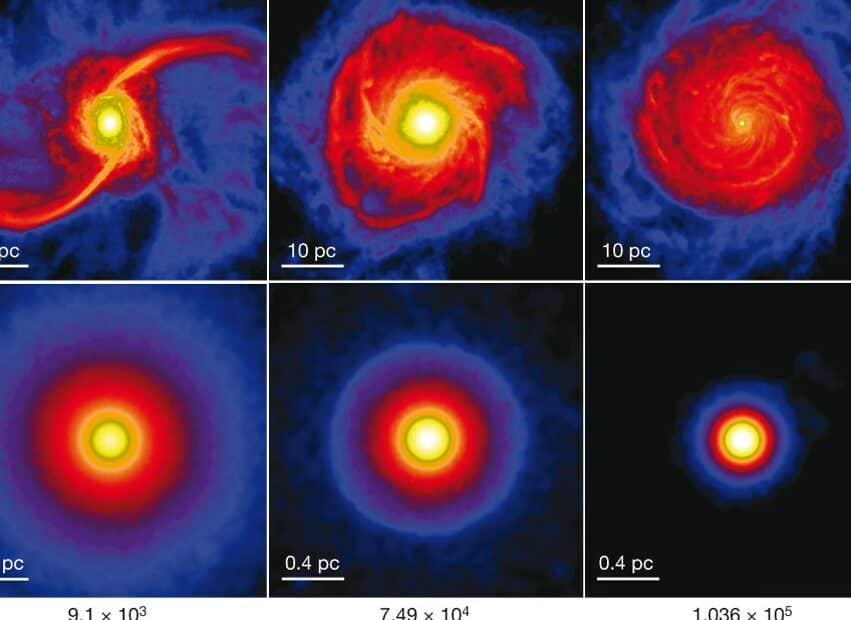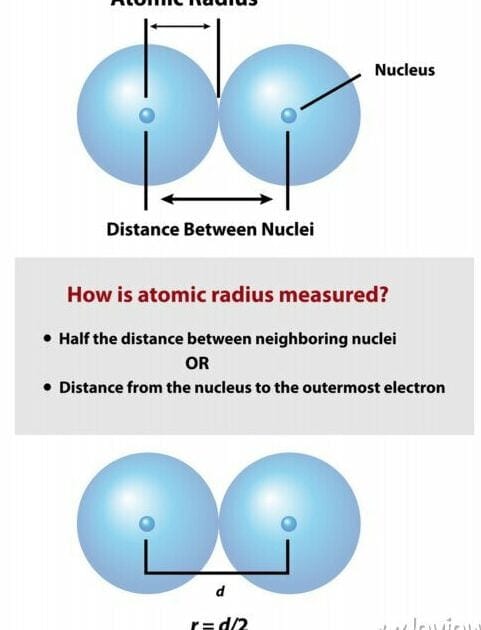
What is the distance to the atomic nucleus?
Each celestial body possesses a core within its structure. Typically, this core is comprised of multiple layers, serving as a foundational element for the spherical body. The substances present within the core exhibit extraordinary properties. For instance, iron, found at significant depths in the central region of the planet, has the ability to crystallize or…


